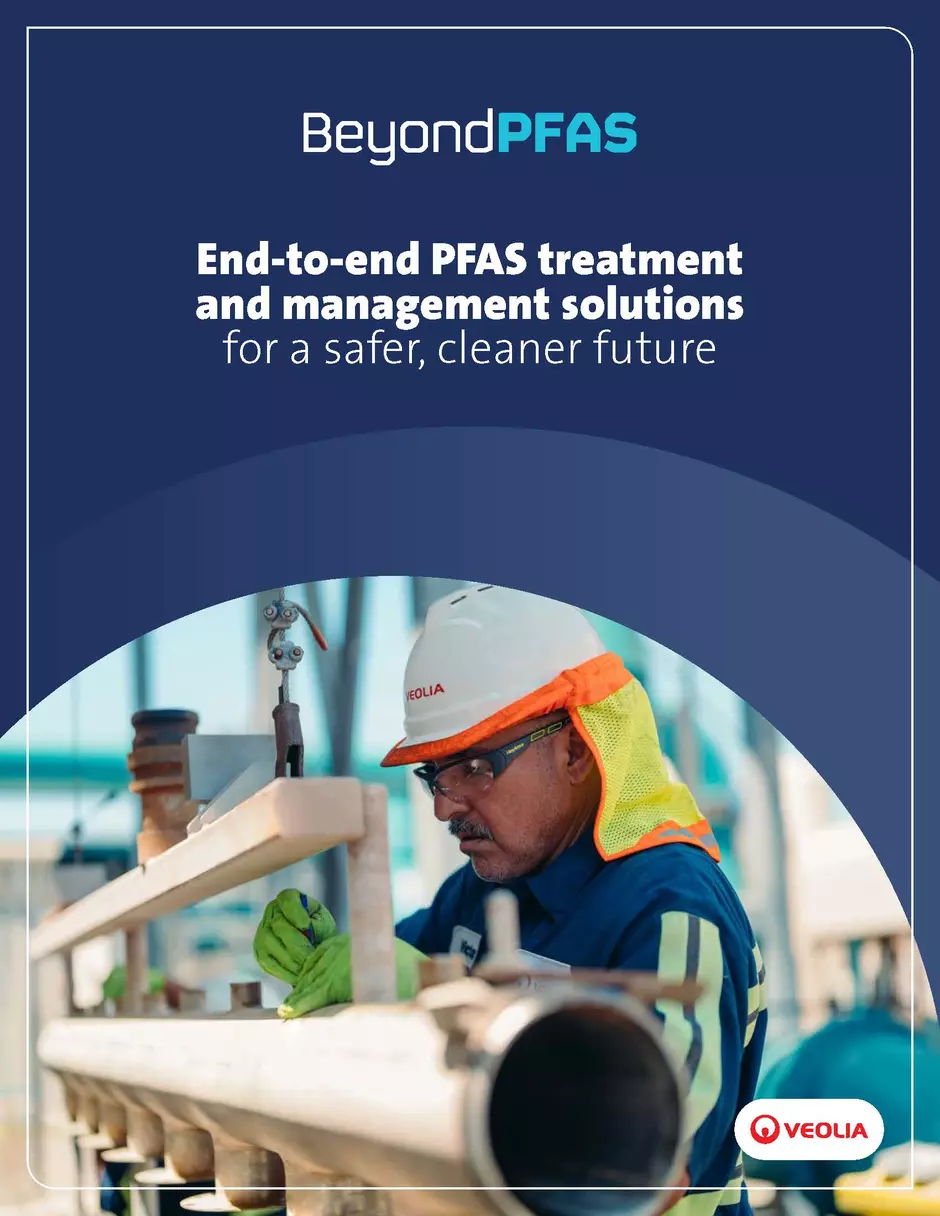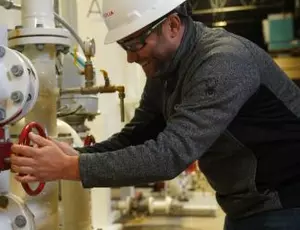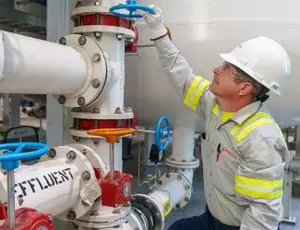PFAS: A global concern
PFAS (per- and polyfluoroalkyl substances) are found everywhere in our environment.
Some of them are a pressing environmental and public health concern, impacting drinking water supplies, ecosystems and communities globally.
Whether in water, soil, waste or solids, these compounds pose significant challenges, from widespread contamination to complex treatment requirements and disposal considerations — all in the context of evolving regulations.
THE BOTTOM LINE: For municipalities and industries, addressing regulated PFAS is crucial for compliance, mitigating risks and restoring public trust in water sources.
Your global partner for PFAS treatment and management
As a world-class provider of technology, projects, products and services and a leader in environmental services, we’re working toward a future where concerns about PFAS management are a thing of the past.
We have decades of experience implementing and operating technologies that are scientifically proven and tailored to each project. We will provide solutions to maximize your efficiency in water and waste management, while complying with emerging PFAS regulations and treatment requirements.
gallons of PFAS water treated
mobile water treatment systems
PFAS waste customers served
ongoing/upcoming active projects
water samples analyzed

BeyondPFAS, our suite of end-to-end PFAS management solutions, is designed to support you at every step, from sampling and analysis to responsible disposal of contaminants.
Our holistic approach involves initial site assessment and sampling, followed by implementing tailored treatment technologies based on your needs. We are committed to safely handling and disposing contaminates in line with EPA-recommended methods, including incineration, deep well injection and approved landfill.
Sampling and Analysis
Design and
Engineer
Operation
Waste Treatment
Largest Technology Portfolio
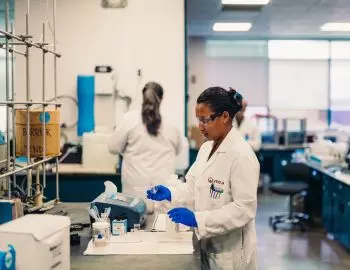
Flexible Project Delivery Models
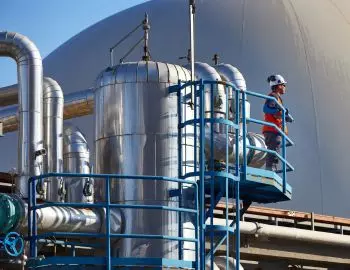
Innovative Financing

Customized Waste Management
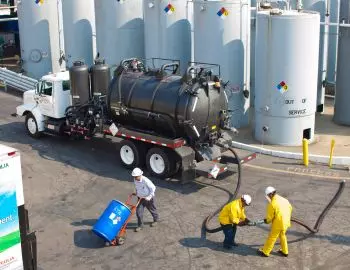
Comprehensive Industrial and Municipal Experience
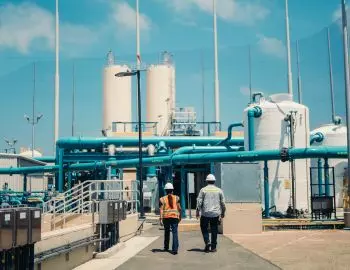
Global Leader in PFAS Treatment
Veolia is a global leader in PFAS treatment, with capabilities spanning conventional to cutting-edge technologies, from pre-treatment to polishing. We continuously pilot new, innovative solutions such as foam fractionation and novel adsorbents to ensure your operations comply with emerging PFAS regulations and treatment requirements.
SCIENTIFICALLY TESTED AND PROVEN TECHNOLOGIES
Granular activated carbon (GAC)
High rejection reverse osmosis (RO)
High flow rate water filtration and clarification
Specialized anion exchange resins
Biosolids dryers and thermal oxidation
Innovative Solutions
Actiflo® Carb - high-rate clarification plus powder activated carbon (PAC)
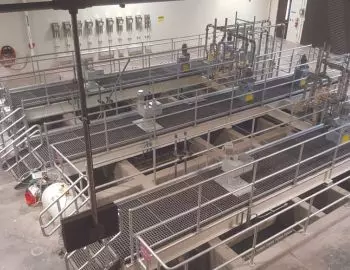
LEAPfas™ granular activated carbon and ion exchange lead-lag vessels
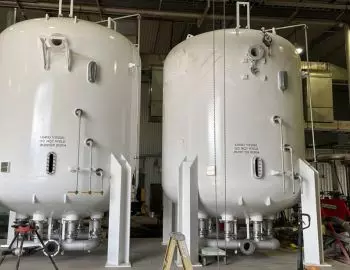
PROflex and SIRION™ reverse osmosis platforms
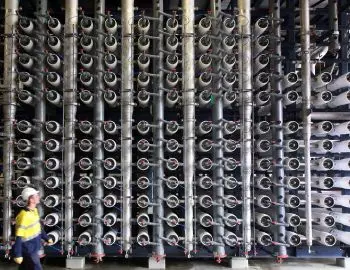
BioCon™ energy recovery system (ERS) - biosolids treatment and combustion system
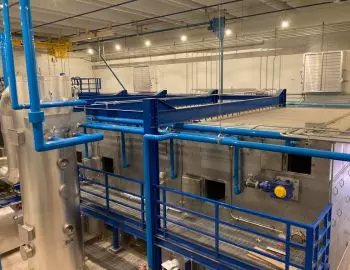
High temperature fluid bed (HTFB) thermal oxidation
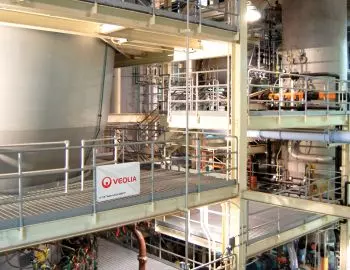
Flexible solutions to mitigate risks
Our end-to-end solutions mean you can feel in control. It also means we can provide a tailored approach to help you streamline implementation, optimize costs, minimize risks and secure long-term operational efficiency.
Our adaptable business models allow for a smooth transition from quick-response mobile to long-term permanent water treatment equipment, meeting your changing needs. Continuity of treatment ensures you maintain regulatory compliance in water, wastewater and waste management.
Comprehensive delivery models for every project:
- Engineering procurement
- Design-build
- Design-build-operate
- Operations and maintenance
- Mobile treatment services
- Technology provider and system integrator
Innovative financing to accelerate PFAS solutions
We help our clients navigate the EPA’s strategic guidelines and support the access of more than $10 billion in dedicated government funding.
We leverage external funding opportunities, explore investment opportunities and develop tailored financing models to minimize upfront capital requirements and align with municipalities’ budgets. We’ve been proactively addressing the issue since 2018, providing municipalities access to valuable insights and support.
THE BOTTOM LINE:
A Veolia partnership means you can leverage our end-to-end capabilities to secure necessary funding and investment and enjoy peace of mind that you are addressing PFAS contamination effectively and sustainably.
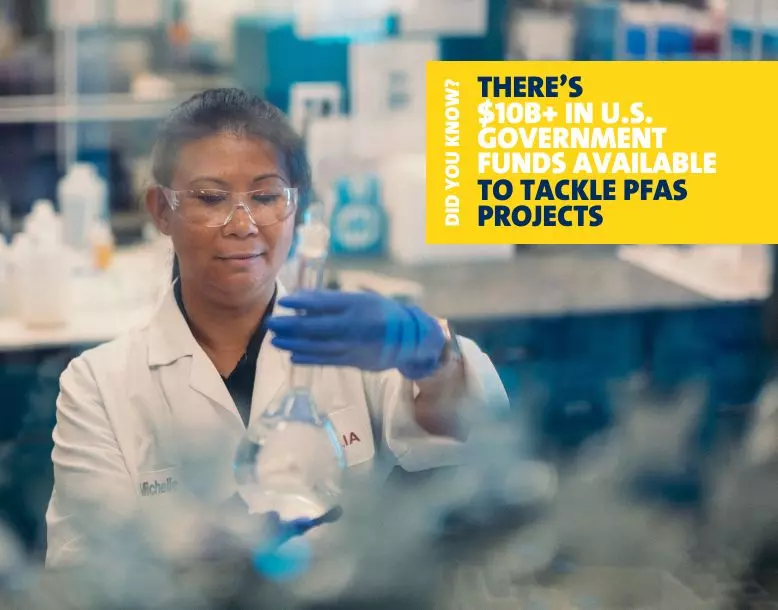
At Veolia, we empower cities and businesses to create positive ecological transformation. We are committed to protecting our communities, safeguarding the natural environment and helping our customers feel confident that what lies beyond today is a safer, cleaner future.
What's BeyondPFAS?
Peace of mind.
Learn More About Our Approach to PFAS
The information contained herein is based on the Veolia group's understanding and know-how of the scientific, regulatory and technical fields discussed herein as of the time of publication. No contractual undertaking or offer is made on the basis hereof and no representation or warranty is given as to the accuracy, completeness or suitability for the purpose of the relevant information.



